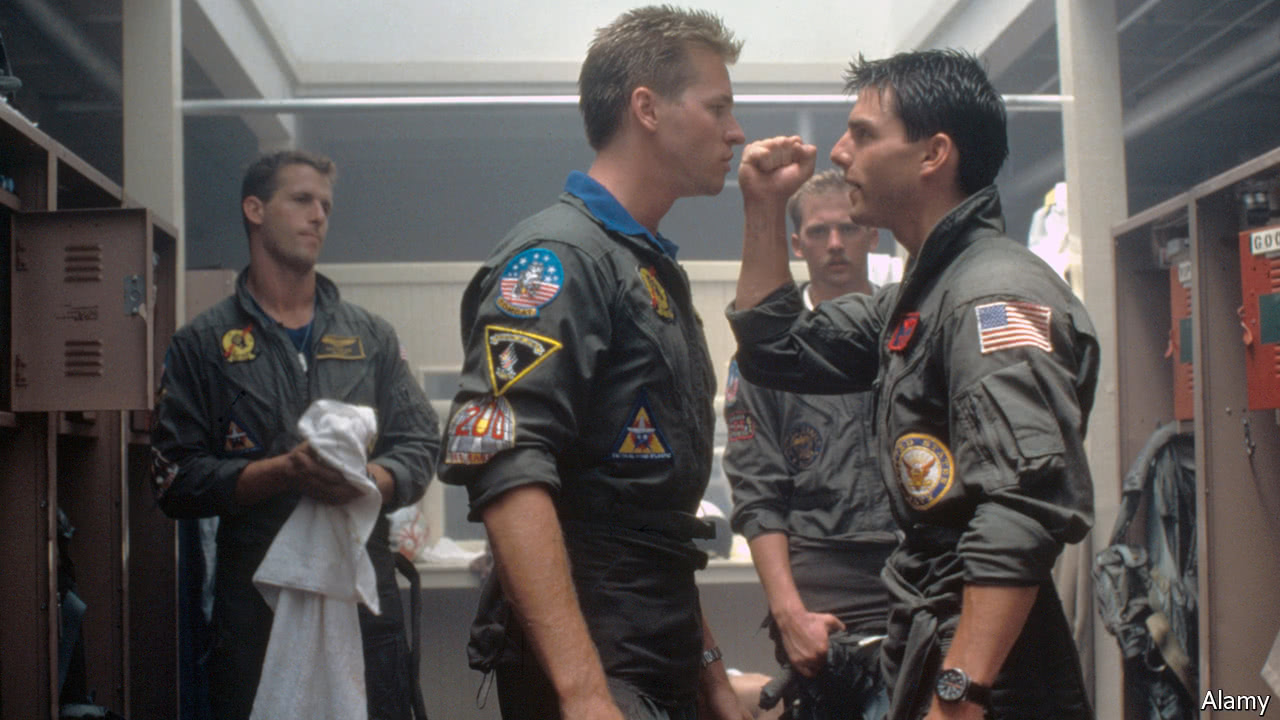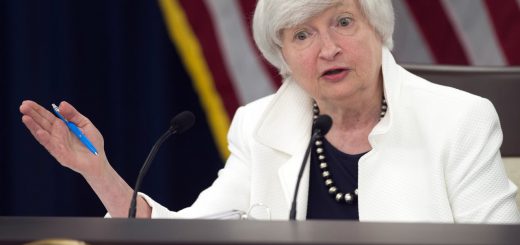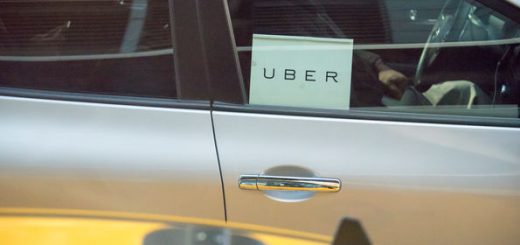Military and civil-aviation bosses are stepping up their efforts to recruit new pilots
FOR MANY people, the Hollywood blockbuster “Top Gun” captures the allure of becoming a pilot. In it, fighter-pilot trainees don aviator sunglasses and flight suits, and zipp about the skies to a soaring 1980s soundtrack. But despite such pop-culture appeal, America’s Air Force is struggling to capture the imagination of would-be recruits. This year it will be short of around 900 new airmen.
To counter this, the Air Force is stepping up its efforts to recruit new cadets. This month they introduced a $35,000 signing-on bonus for newly hired military airmen, the first new incentive of its kinds since 1999. Commercial carriers, too, are trying to entice more newcomers with better financial rewards. The average pay for new pilots in that sector has nearly tripled from $20,000 to $59,000 in the past three years.
One of the main barriers for would-be pilots is training. To become a pilot requires an investment of $200,000, often more than student loans will cover. In addition trainees are required by law to fly 1,500 hours…









